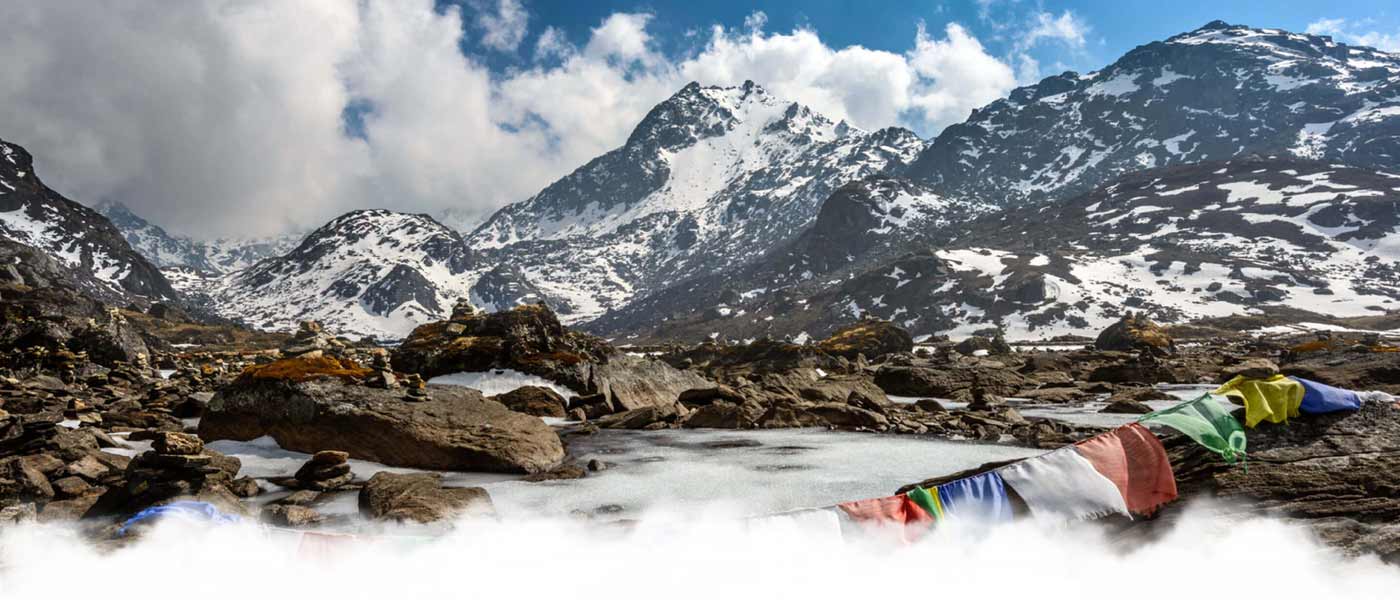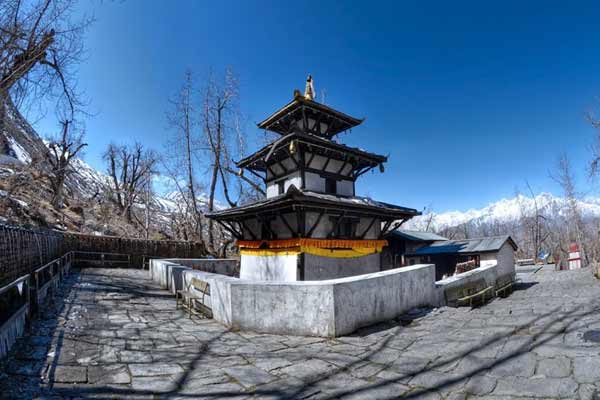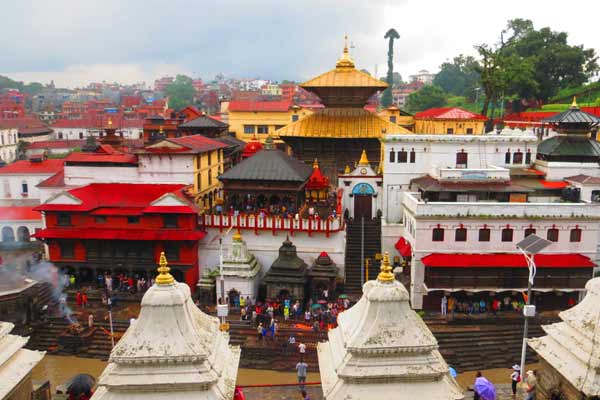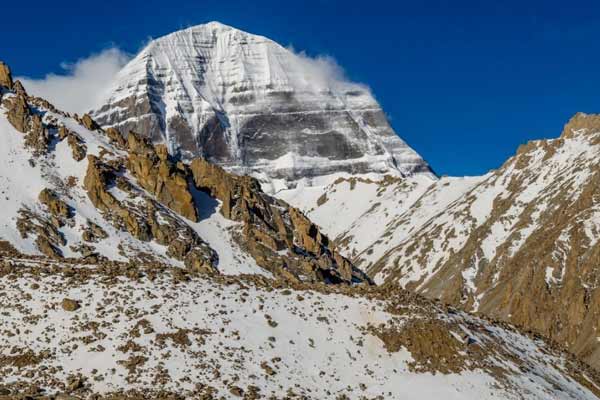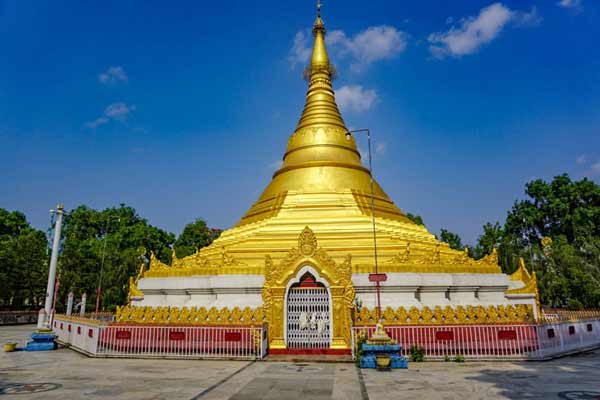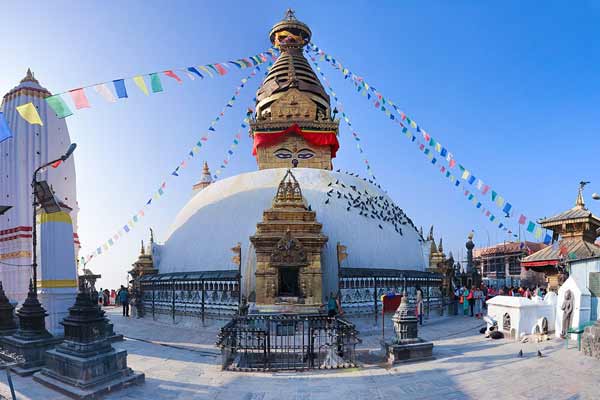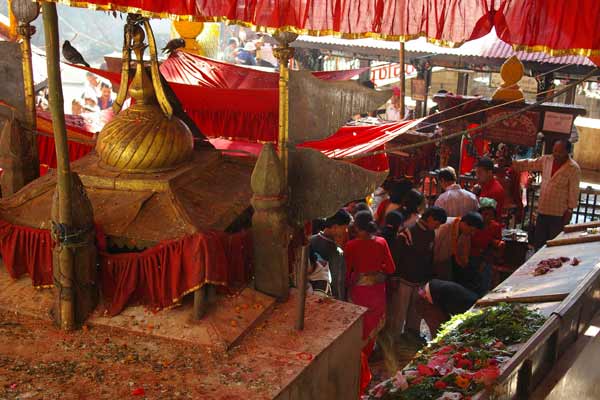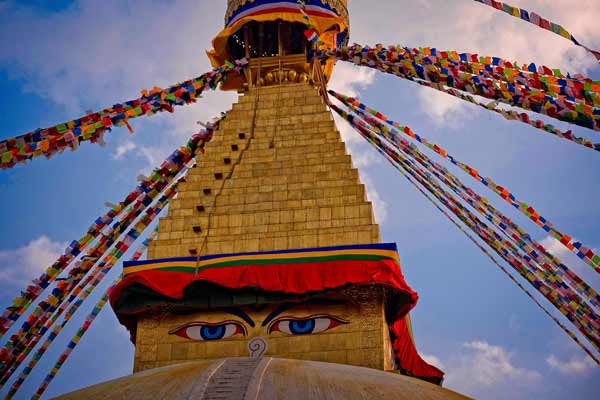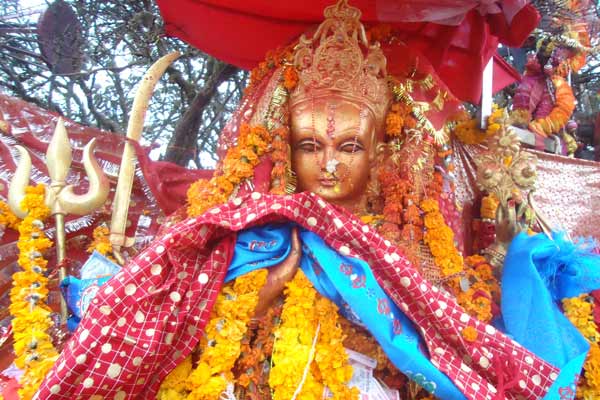
Kailash Mansarovar Nepal
Kathmandu in Nepal to Ngari in western Tibet for the Kailash Manasarovar Yatra can be done in one of three ways: by flights, by overland travel, and by helicopter from Simikot. Each of these different travel options has its pros, as well as its cons, and the best way to travel is different for everyone, depending on their own requirements.
For most people traveling to Mount Kailash and Lake Manasarovar from Nepal’s exotic capital, the best way is to travel overland to Kailash from Lhasa, after a short flight over the Himalayas between Kathmandu and Lhasa. Not only can it reduce the risk of altitude sickness and travel cost, but also take in all the best of the Tibetan region.
The Kailash Range is 30 million years old and its supreme peak, the 6,675 meter high Mount Kailash was formed of shining granite with its white glacial crest, was already a huge, structure even when the Himalayas were just beginning to protrude out of the Tethys Sea. Hindus and Tibetans seem to have been aware of the uniqueness of this mountain from the most ancient times. To Hindus it is the earthy embodiment of the dominant mountain of heaven, Meru, and the residence of Lord Shiva and his consort Goddess Parvati.
As might have been expected, most of the Himalayan passes in Kumaun and Garhwal provide access to this sacred mountain. Today, however, pilgrims from India are allowed to journey to Mount Kailash only through the Lipulekh pass in Kumaun. Moreover, the pilgrimage to Kailash, and to the sacred Mansarover lake that lies 30 Km to its south, is run exclusively by a government organization, the Kumaon Mandal Vikas Nigam (KMVN). The organization works in collaboration with the Government of India’s Ministry of External Affairs, and the Government of China. Kailash – Mansarovar lies in Chinese-occupied Tibet.
The Kailash Mansarovar Yatra
The yatra is mainly known for two things: doing a parikrama of Mount Kailash and taking a holy dip in the Mansarovar Lake. These are said to relieve pilgrims of any sins and bringing salvation to them.
Open for people between the age group of 18 and 70, the yatra can be done on foot or the voyage can be performed using 4500 CC Land Cruisers, luxury AC buses and helicopters. To pre-book, one can either go through the Ministry of External Affairs (there is a selection process for the same) or through a private tour operator in Nepal/Tibet.
Pilgrimage Sites Nepal
Pilgrimage in Nepal is popular activities among the devotees and researchers. In previous days the land of ancient sages & saint, now Nepal is known as the country of temples. One of the greatest Hindu temples in Nepal “Pashupatinath Temple” is the main attraction of the tour. Similarly other tour packages for Nepal, this trip also begin from Kathmandu - the ancient city of temples. You will visit Pashupatinath temple, Kathmandu durbar square and Swayambhunath stupa. This is one of pilgrim site where both Hindu and Buddhist pilgrims worship for their success & prosperity in upcoming days. Another day we will take you “Dakshinkali Temple” 22 km south west from city. This is the temple of goddess KALI. People believe that animal sacrifices, particularly of cockerels and uncastrated male goats in this temple are the main way that the goddess is worshipped.
The Pilgrimage in Nepal square measure mostly in style among Hindus and Buddhists; thus, thousands of pilgrims visit Nepal per annum to pay court to the revered Gods and divinity. Uncountable temples monasteries, stupas, and many other religious places make Nepal one of the target destinations for pilgrims. However, due to less promotion of those sites, Nepal has not been prosperous in attracting pilgrimage tourists as much it could and should have.
Though Nepal is a small country, it has a variety of beautiful natural factors that attract many people. Various Mountains, rivers, waterfalls, forests, wildlife, sanctuaries monuments, etc. are the significant wonders of Nepal. Besides these dynamic, eye-catching uncountable temples, museums, stupas, & monasteries with a variety of God and Goddess depicting the deep faith of the people.
 +91 9799050299
+91 9799050299 